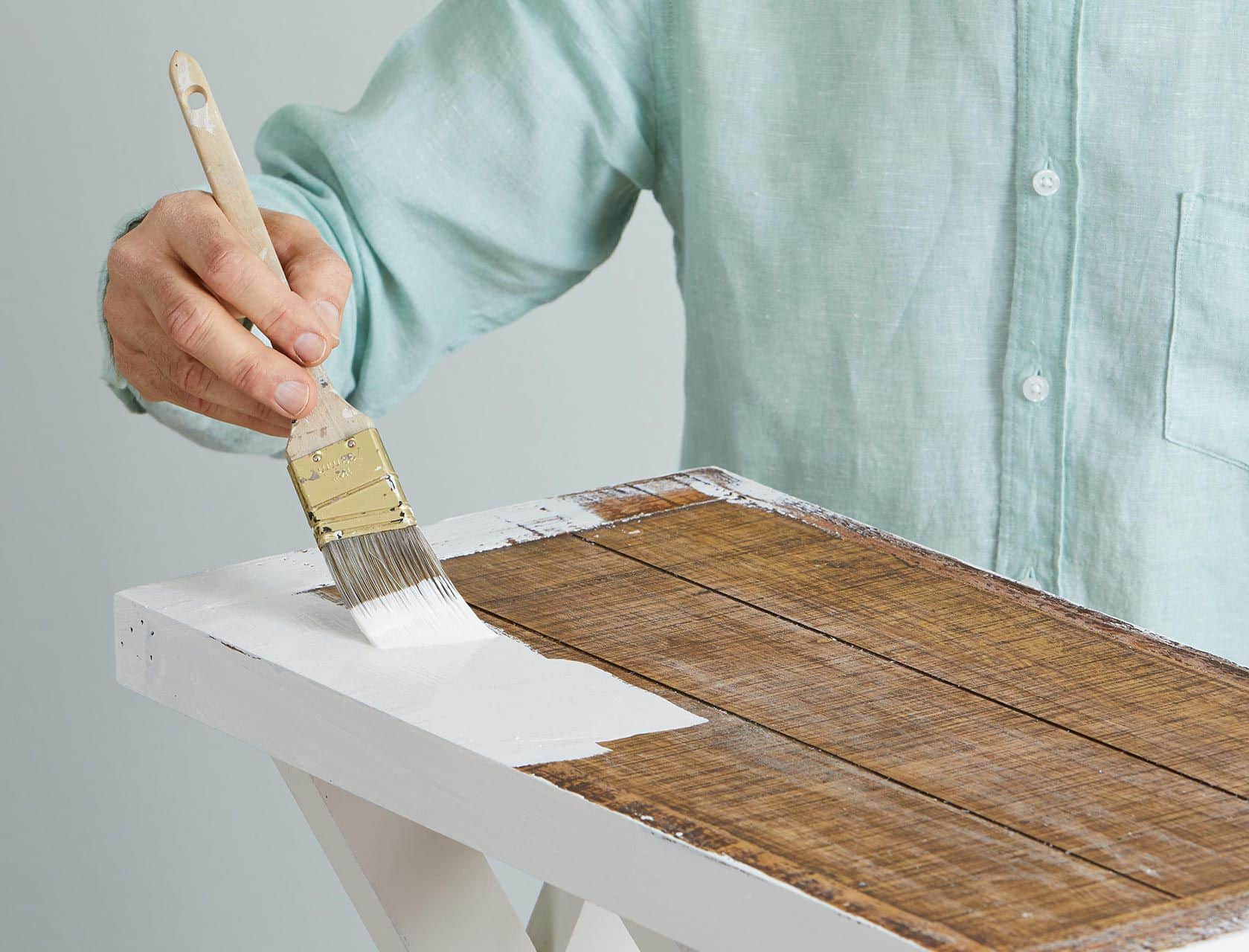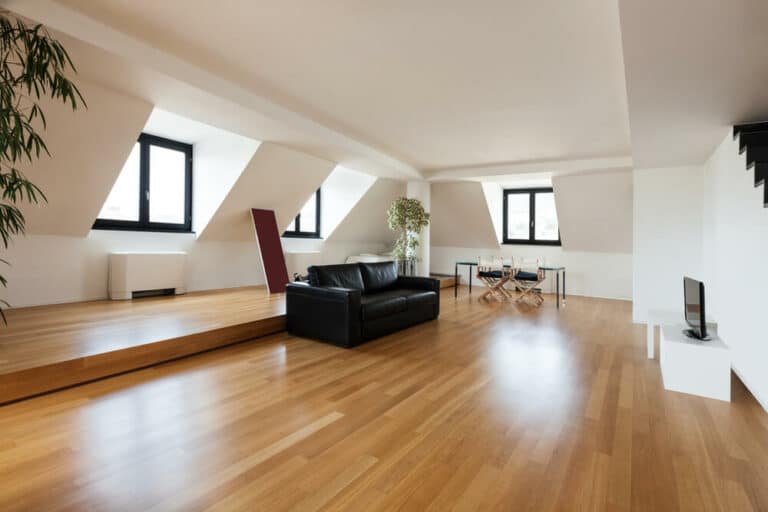Transform Your Furniture: 6 Proven White Painting Techniques
Painting is an activity that enhances the creativity of a person. It helps a person to improve his focus. In addition to this painting, it increases a person’s attention and develops his personality.
It is a good way to pass the time so you can paint small things like your house’s furniture as it will be a good activity to utilize your time. But painting is not that easy. You need to be a little patient while painting furniture, especially; when opting for white furniture.
Painting white furniture is a process that needs to be dealt with with patience, and you have to ensure that all the steps and precautions are followed carefully.
If you are painting furniture for the first time and do not have an idea of all the steps involved in the painting process, then to help you, below are the steps mentioned that you can follow to achieve a smooth and professional look for your furniture.
1. Cleaning the Furniture
This is the first step performed while painting white wood. It is one of those steps that cannot be skipped while painting any surface, including walls, small DIY projects, and furniture.
If you are wondering if cleaning the surfaces regularly; prevents the accumulation of dirt and grease, then you are wrong. No matter how much cleaning you do, there are still chances that dirt and grease are present on the surface of furniture.

Therefore, it is important to remove all the dust and grease from the furniture before you paint it. Cleaning the furniture ensures that the surface is clean and the paint can easily set on the surface, giving a fine finish.
To remove dirt or grease, you can use cleansing agents available in the market. Cleaning is not a very difficult process and will take a couple of minutes to be completed. For this, you need to purchase a suitable cleansing agent and then follow the simple instructions mentioned in the bottle.
Once you have cleaned the furniture with the cleansing agent, you need to clean it with a wet cloth to ensure that all the dirt and grease are removed. The cleansing process needs to be repeated after the sanding process also.
Cleansing; is recommended for a better final finish and to remove dust accumulated on the surface after sanding.
A mild soap or vinegar can also be used for cleaning if you do not have a cleansing agent. But make sure that you clean all the traces of soap or detergent before you begin the painting process.
2. Sanding
Another important step while painting wood white is sanding. It will ensure that the paint is spread evenly on the whole surface of the furniture. Sanding will help to achieve a smooth and fine finish. Sanding helps paint the surface white as it gives a rough texture to the furniture that enables the paint to stick to the surface and stay on the surface for a long period. Sanding also helps to remove any extra paint or varnish that has settled on the surface of furniture.
You might find this step irrelevant, but if skipped, you will notice the difference yourself. You will observe that a smooth finish won’t be achieved; if sanding is skipped, especially when painting wood white.
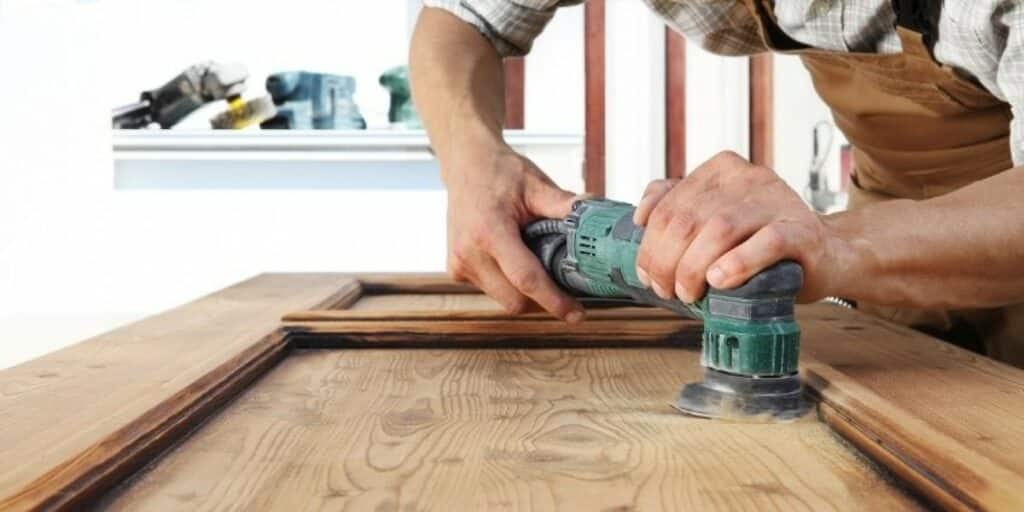
And another interesting thing about sanding is that it is not a very tough procedure. Neither is it an expensive or time-consuming step. All you need is to find a suitable sandpaper, either 150 grit or 220 grit. The more recommendable one is 220-grit sandpaper when opting for furniture, as it will help you to achieve a finish that is neither too rough nor too soft.
There are electric sanders and sand screens also available that can be used if you are painting a large piece of furniture. The sanding process is simple. When using sandpaper, just rub the sandpaper lightly on the surface, and you are done. If you are going for the electrical sander, then follow the instructions written in the manual.
Do not skip any step involved in the process of painting white wood, as this can degrade the quality of the painting, and durability will also be affected. Moreover, you need to be a little more alert when dealing with white furniture because in the case of white furniture, if the paint is not done properly, the defects will be visible even with the naked eye.
It will spoil the look of the furniture and the room in which placed.
3. Applying Primer
Primer is the coat applied to present an even surface before the painting begins. It ensures that an even finish is achieved after painting, especially when painting wood white.
Using a primer helps the paint to stick to the surface efficiently and ensures better durability. If you do not apply a primer before painting the furniture, you will observe that a single layer of paint is not achieved. There might be some spots present on the surface of the furniture that indicate that primer was not applied before painting the furniture.
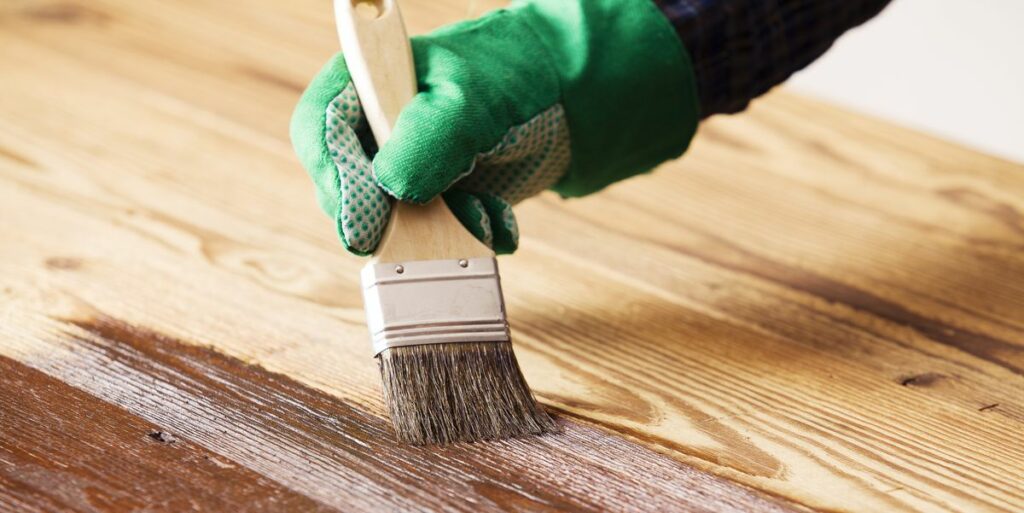
Primer seals the irregular surface of furniture, so when you paint it, you achieve a single-tone finish. When painting wood white, it is advised to apply 2 to 3 coats of primer on the dark-painted furniture. Applying 2 to 3 quotes will help to hide all the dark-colored paint, and you will achieve a bright surface after painting the furniture. One more thing that you should be careful of is that the second coat should be applied only when the first coat has completely dried.
Similarly, when going for the third coat, ensure that the second coat has dried. Primer also reduces the number of paint coats, thus saving the cost of excessive paint and effort.
The primer should be of the same material as the paint you are using. For example, if you are going for oil-based paint, then; you should apply an oil-based primer, and if you are going for water-based paint, then you should go for the water-based primer only.
4. Paint the Furniture
Once you have completed cleaning, sanding, applying primer, and other preparatory works on the furniture, you can now begin painting the furniture with the desired color. You have options like latex paint,oil-based, chalk paint, etc., to paint the furniture.
While selecting the paint, you should look for the factors like its smoothness, durability, final look it will give, etc. You also need to select the best paint brushes, rollers, or sprayers for a fine finish.
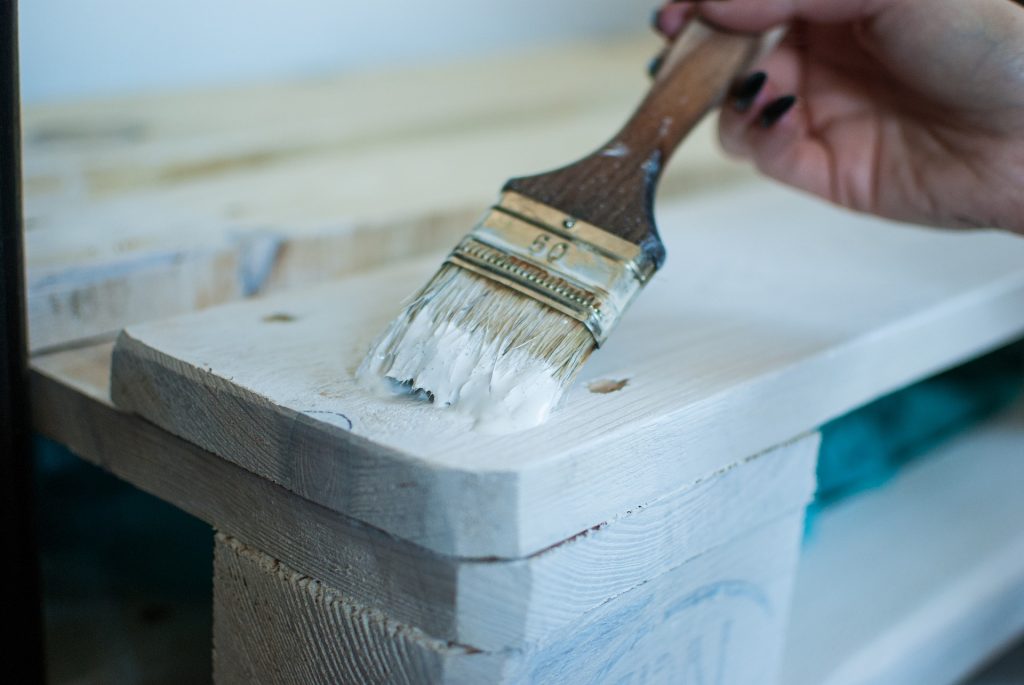
The size of the roller, sprayer, or paintbrush should be selected carefully. If this site is not appropriate, there are chances that the look of the furniture might get spoilt. When painting the wood white, you need to apply extra coats, as compared to the other colors, because white color shines lesser than the other colors.
So, if you don’t achieve the desired look in the coat, then; don’t worry; you can go for the third coat.
If you find that after two coats also, the furniture is not shining, then; you can go for a third coat. You need to wait for the previous coat to dry before applying the next coat.
Every painting takes its own time to dry, so check on the box and then allow it to dry accordingly. You should cover the surrounding area with paper or cloth to avoid the floor getting damaged due to paint spelling on the floor.
You can also wear protective equipment like gloves to keep yourself safe during the painting process.
5. Sanding Again
You might be wondering why sand again if you have done it already before painting. Well, it is required so that a smoother finish is achieved. It will eliminate the unevenness of the surface.
You need to sand the surface in between the coats, as this gives better results. For this, you can wait for the first coat to dry and then sand it. Similarly, you can sand the furniture after every coat.
You do not need to be harsh with the furniture; just gently sand the furniture to get a fine and smooth finish.

Now gently remove all the dust and particles from the surface after sanding. To remove the dust, you should use a cloth that isn’t rough else; it will spoil the look of the paint.
Cleaning the furniture roughly will give a messy and unprofessional look to the furniture, which will indirectly spoil the look of the room or the place wherever it is placed. Sanding after the painting is recommended by the professionals, as they have observed a significant difference in both cases.
Sanding also increases the adhesion between the paint and the surface, ensuring the paint does not chip off the surface. It helps in achieving a flawless and professional appearance even when painting the furniture yourself.
Sanding also helps the paint and the sealant to penetrate a layer deeper ensuring better bonding between the surfaces and thus increasing the durability of the paint.
6. Sealing the Furniture with a Sealant
This is the last step in painting the furniture. Sealing the surface means applying a top coat of paint or a sealant to the furniture to prevent the paint from getting tarnished with time. When painting the wood white, extra care has to be taken so that the surface keeps on shining for years without repainting frequently.
For the same purpose, it is advised to apply a top coat on the furniture once you are done with the painting work. Sealant has other benefits also that include providing a protective layer against dust, oil, grease, etc.
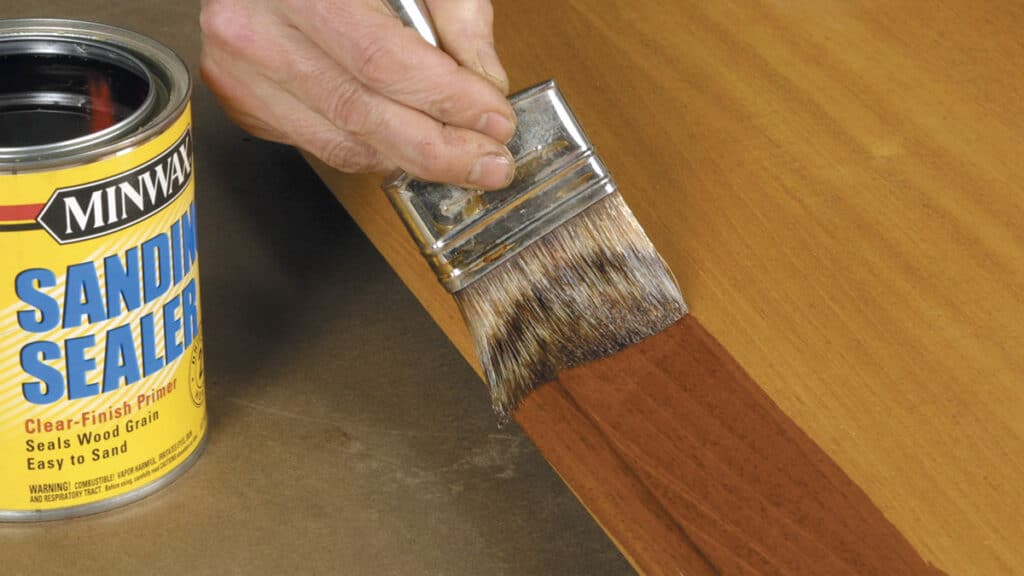
Sealing the surface enhances the durability of white-painted furniture. It also helps to maintain the natural white texture of the paint for a long time without it getting yellow or tinted.
The top coat helps in giving a glossy appearance to the furniture and enhances the appearance of the furniture, so it looks appealing when placed in the house. It also eases the cleaning process of furniture.
It is important to select the correct sealant for your furniture so the purpose of using the sealant is fulfilled. Sealant should be selected according to the material of the furniture you are using it on and the environmental conditions in which the furniture is placed.
For example, if you are placing it outdoors, you may require a high-quality sealant; on the other hand, when going for interior furniture, a sealant of medium quality will also work. It is also recommended to perform a patch test on the furniture to select the required sealant for your furniture.
Conclusion
Painting is a good way to utilize your time. You can paint a lot of things at your home and enhance your creativity. You can begin with the furniture of your house to unleash your potential.
If you enjoy it, you can carry on with painting further. But while painting, there are a few necessary steps to be followed to ensure a smoother finish, better durability, and enhanced appearance of the furniture. And when painting the wood white, you need to be extra cautious.
If you skip any one of them, you won’t be able to achieve a fine finish. You can take help from professionals also regarding the steps involved and the material you should purchase.
Remember, painting is not a race to win but a journey to enjoy. Therefore, take some time, and follow all the steps involved to not only create beautiful and artistic furniture items for your house but also to amaze people with your painting skills.

